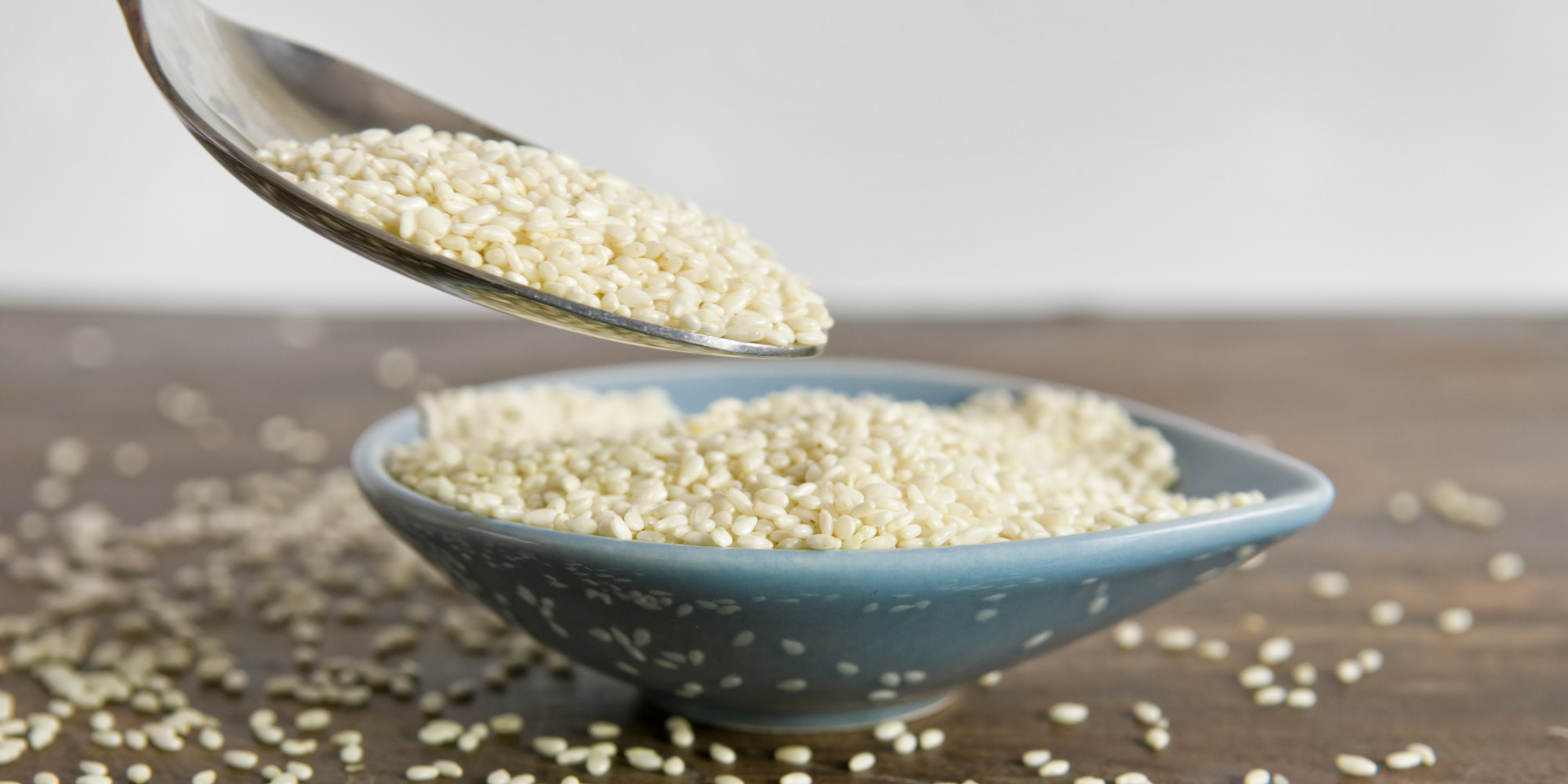Controlling carbonaceous rot in sesame seeds using natural alternatives
08/26/2018 / By Ralph Flores

Sesame seeds that were inoculated with Trichoderma or in combination with Azospirillum brasilense are more resistant to infections caused by Macrophomina phaseolina, according to researchers from Paraguay. The study, published in the Australian Journal of Basic and Applied Sciences, carried out two experiments that investigated the effects of these biological inoculants in sesame seeds.
- In the first experiment, researchers used a randomized design where each sesame seed sample was given a different treatment: (1) no biological or chemical treatment; (2) inoculated with M. phaseolina; (3) treated with chemical fungicides; (4) inoculated with Trichoderma; (5) inoculated with A. brasilense; (6) inoculated with both Trichoderma and A. brasilense.
- The second experiment looked at the physiological quality of seeds that were treated with both Trichoderma and A. brasilense, taking into account variables such as seed germination and vigor, among other.
- Researchers found that seeds inoculated with both Trichoderma and A. brasilense had significantly reduced their rate of infection from M. phaseolina, with no adverse effects noted in seed germination.
Based on the findings, the team concluded that using biological inoculants such as Trichoderma and A. brasilense can be used to naturally reduce the likelihood of infection from carbonaceous rot.
Read the full text at this link.
Find more ways to naturally prevent rot by following Harvest.news today.
Journal Reference:
Acuña KC, Aquino YL, Aguilera LA, Valenzuela GS, Vera JG, Oggero AS, Alvarenga PP. CONTROL OF MACROPHOMINA PHASEOLINA AND THE EFFECT ON QUALITY OF SESAME SEEDS (SESAMUM INDICUM L.). Australian Journal of Basic and Applied Sciences. 18 October 2017;11(3):54–62.
Tagged Under: Azospirillum brasilense, biological inoculant, carbonaceous rot, charcoal rot, chemical-free, Fungi, natural pest control, plant pathogen, sesame seed, Trichoderma




















